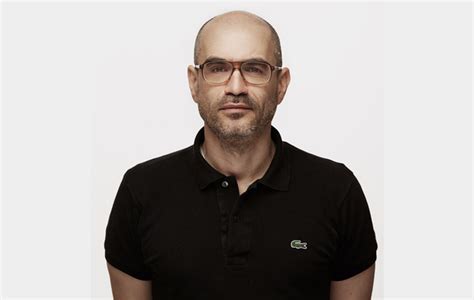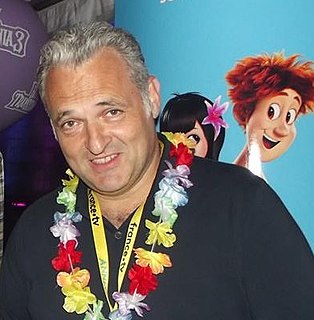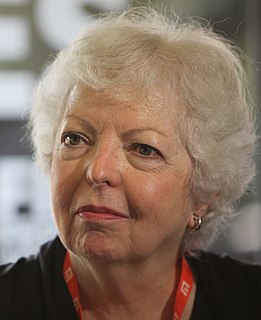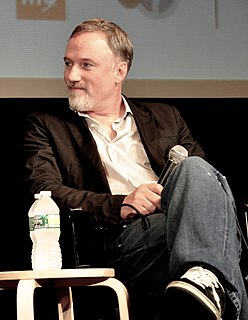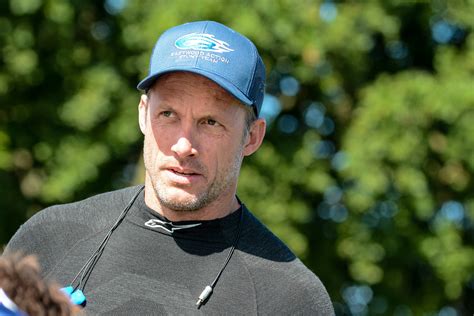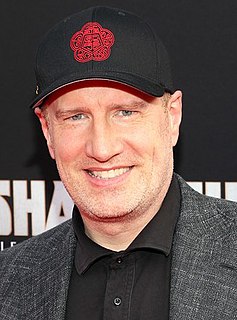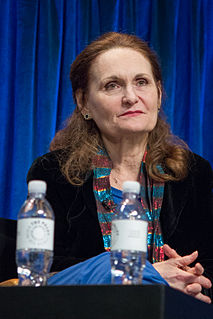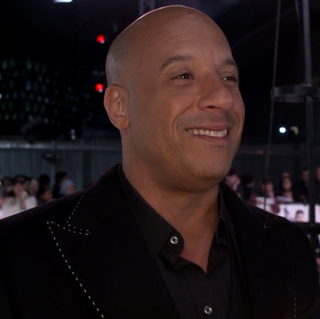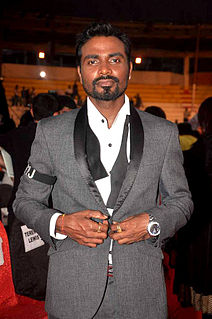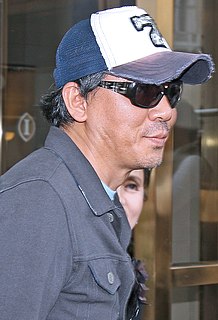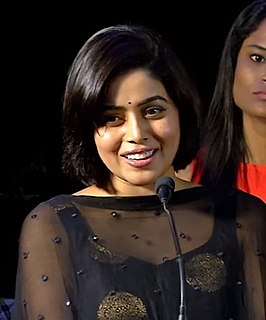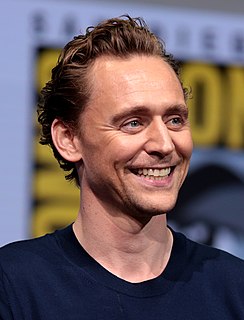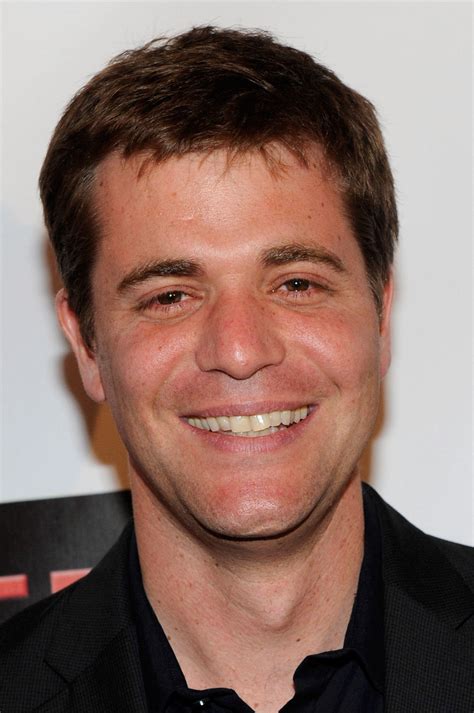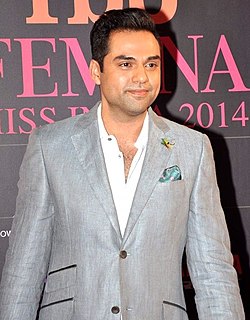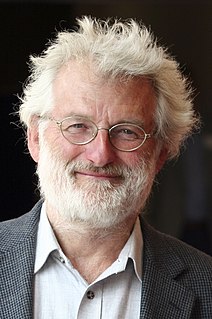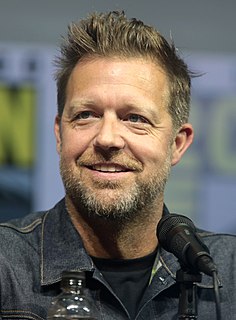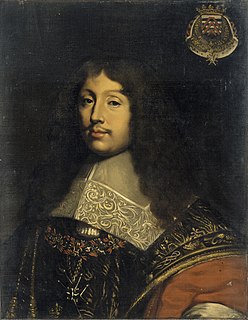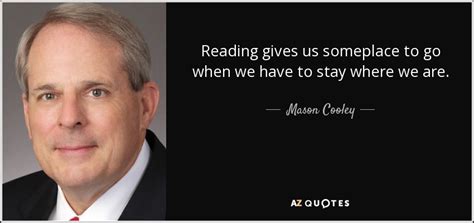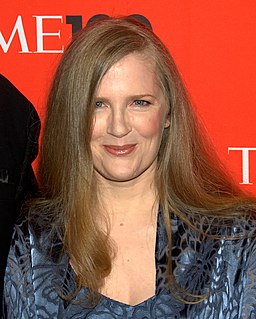A Quote by Jonathan M. Goldstein
The thing about animation is that it's a constantly changing process. They talk in terms of sequences - so there's like thirty different sequences in a movie and at anytime those were shifting or being taken out or being replaced.
Related Quotes
The worst thing that can happen is when you have gone weeks and months into elaborate sequences and the storyline of the film changes and you find out they don't need it. Sometimes you don't shoot those sequences, or they have been shot and then get edited out of the sequence you've shot gets changed and needs to be redone. That can be hard. It's not heartbreaking, but you do tend to think, "Och, all that work and effort." But that's filming, you know? You put all of these modular things into the pot, and sometimes they don't all get used.
I do think that as I said before the canvas of action sequences and the way in which the sequences unfurl will be very unique and will be different than any movie we've made before, and that's what makes it interesting, what makes it [Doctor Strange] special, and what makes it worth pursuing, and worth bringing to life for the first time.
Patrick Swayze was risk-taking - because he not only did a transvestite, but in Donnie Darko, he played a pedophile! Talk about a risky thing for a movie star, and he jumped right in. We even shot some of those video sequences of his character out on his ranch. I mean, he opened his heart and his ranch to us. He was just an awesome guy.
I used to do fight sequences, and I started to get self-conscious about fight sequences, because invariably the other person would get hurt, and you never want anyone to be hurt on a film, let alone you being responsible. The great thing about working with guys who have spent their life choreographing fights for wrestling is that that's what they do. That's their specialty. Their specialty is selling taking hits. Their specialty is selling explosive hits without making a contact or doing too much damage.
I am committed now to one thing: lyric sequences. I want the intensity of lyric, but the scope and arc of narrative. so, I think I'll just write sequences for the foreseeable (the Beloved sequence doesn't have a 'plot' so I can just keep adding poems to it, it's like a giant bag I can just put beloved lyrics into - I think there are about 300 of them i've published by now).
There are certain things in the scripts that need to be planned: you know, big stunt sequences, battle sequences... you can't improvise that stuff. You can improvise when there's just two of you standing in a kitchen and the most dramatic thing that's going to happen is someone's going to open the fridge.
